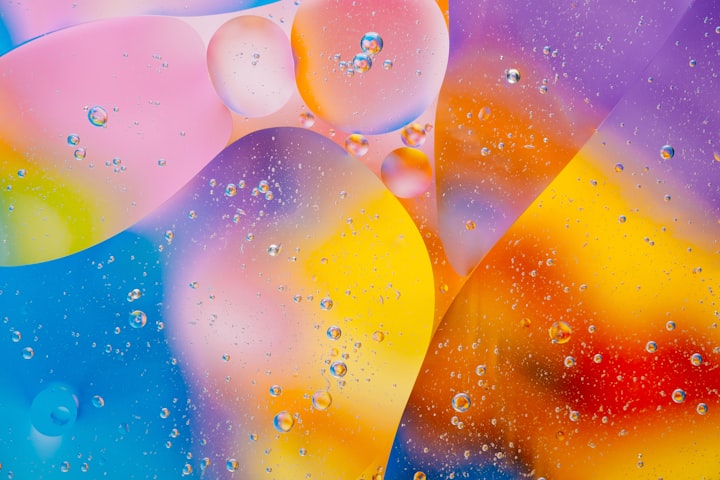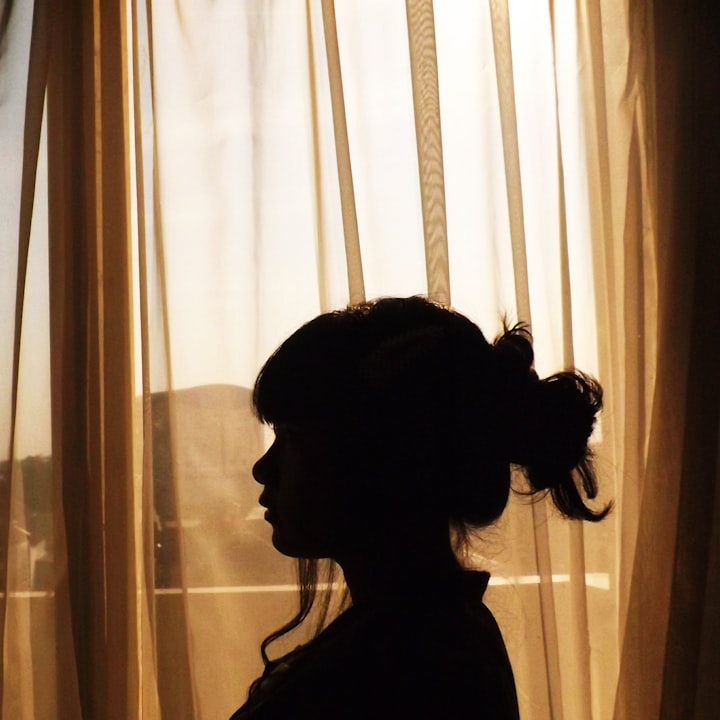
Colors have a much impact on people more than you think. It may not be a shocking surprise, as the color of food can influence the taste, the color of a place can influence your feelings, and the color of your clothes can influence your personality. Color psychology is a study relating to the impact of colors on different people and their activities. Culture is an important factor behind the viewpoint of a person about various colors on several occasions. The culture in which a person is raised suggests the specific reaction to colors. A certain color may be a symbol of excellent fortune in one culture, but a symbol of bad luck in another. Colors also affect the mood of every person in several ways. Colors play a crucial role in our lives.
Here are some interesting ways in which color can affect you.
Colors can make you more confident and seductive:
Black and red are considered the colors of ultimate beauty and fashion across the world. They’ve also related as the colors which represent the most confidence. Men and women both favor wearing black to interviews or gatherings of significant importance because black gives them a boost of confidence. When it comes to glamour, women would rather wear red as it makes them feel attractive, while men would generally choose to wear commodity black or blue.
Colors can encourage passions for happiness:
Specific colors naturally encourage happiness more continually but not always. No color seems to get similar universal love across gender and artistic lines. So it should not be surprising that blue is a potentially happy color. Green is the alternate favorite color among men and the third among women. Yellow is another color that encourages happiness- hence it has the close association with the classic smiley faces. Still, this color is stylish and used in small quantities, as large quantities can be too bright to digest. The most peculiar choice of color for representing happy passions is grandiloquent.
Purple is the alternate favorite color among women and is planted to be a strong contender when encouraging happiness. When it comes to men, still, purple is the alternate most abominated color. Thus, there seems to be a gender-prejudiced response to certain colors in numerous cases. Now, going with a favorite color is not inescapably a bad idea. Keep in mind that several colors can be stimulating in nature-and just because someone has a favorite color does not mean that color can calm them or encourage positive passions. Such as, numerous people love the color black but don’t find it to be inspiring or relaxing in any way.
Colors can provoke despair:
Just as there are colors that can encourage calmness and pleasure in an individual, there are colors that do the exact opposite. While having a favorite color doesn’t inescapably indicate that your favorite color will always play a part in assisting you to feel better. The opposite may be correct when it comes to colors you don’t like and their effect on your mood. However, there are possibilities that it’ll do veritably little to make you happy, so it can fluently make you unhappy.
Nonetheless, when it comes to despised colors, there are two that feel the most hated: brown and orange. Brown is the least favorite color among men and the alternate least favorite among women. Interestingly, brown represents idleness, smut, or ugliness. It may feel mellow and obsolete. It’s no surprise that brown does not feel to register with either gender as a favorite. While orange symbolizes luxury and oneness, it’s the alternate most abominated color. It’s become the least popular color among women and least favorite among men when they age, as it's tied with grandiloquent. Although there may be individuals from each gender who prefer one over the other (brown is one of my favorites), brown and orange are the least popular color in the color spectrum.
Don't forget to leave a heart :)
Disclaimer: The original story's published on another platform.





Comments
Ha Le Sa is not accepting comments at the moment
Want to show your support? Send them a one-off tip.